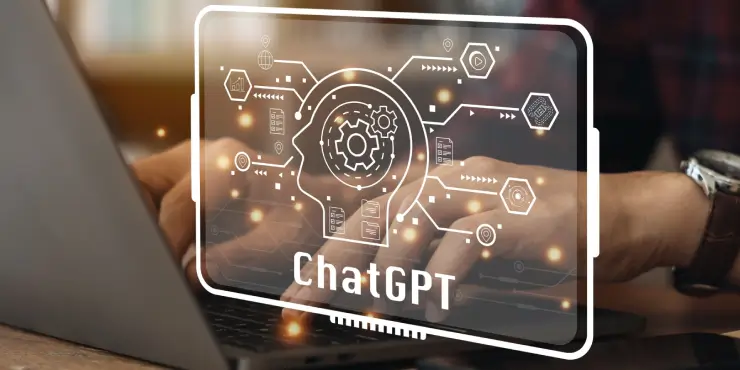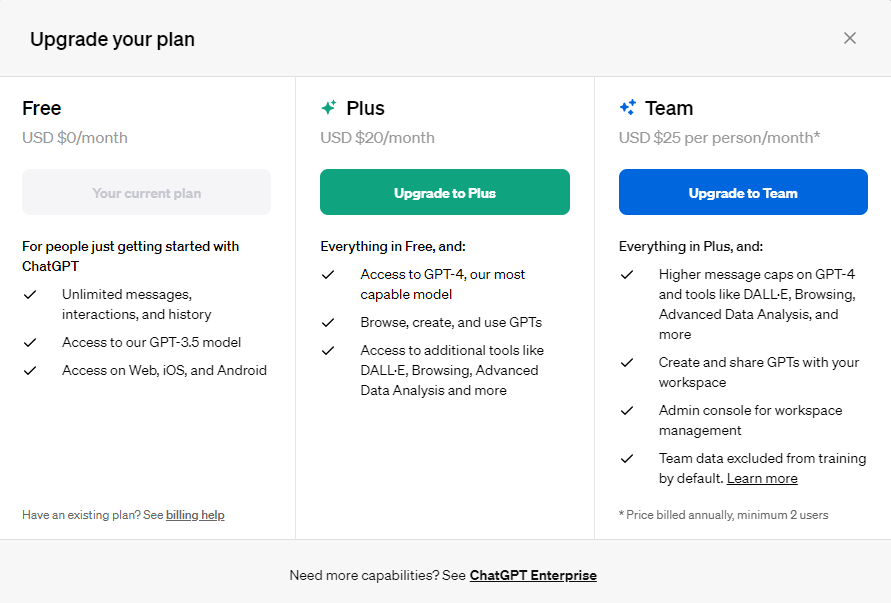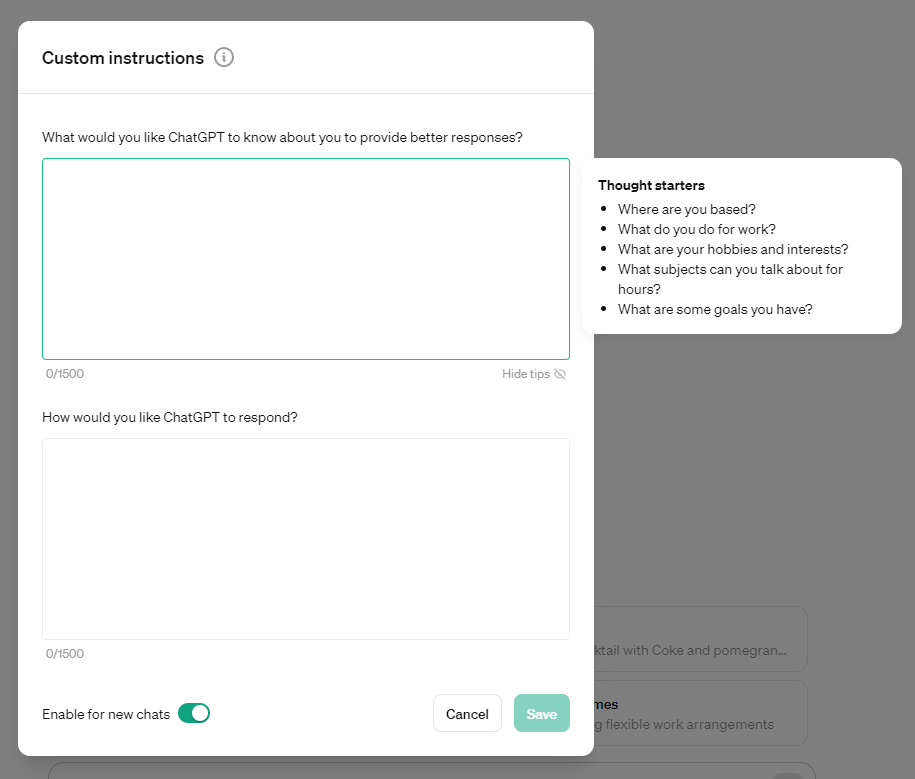SEO Tips for E-commerce: Improve Your Online Shop's Ranking in Google
SEO is an important tool for e-commerce businesses to bring in new customers. Here are the best tips for your online shop to rank higher in Google.

ChatGPT has become an indispensable tool in e‑commerce. So, how can retailers really use the app in a meaningful way? In this article, we'll tell you how to use this tool and how to create good ChatGPT prompts that will get you the results you want.
Contents:
ChatGPT is no longer just for students who want to do their homework quickly. In e‑commerce, this A.I. (artificial intelligence) tool can help you with a number of tasks. Here is a general overview of what is possible:
Some simple tasks can be solved without much prior knowledge, but for special tasks, a good prompt is necessary in order to get a usable result. Before we get to the tips on prompt creation, let's first have a look at the different versions of ChatGPT because this can influence the quality of the results.
Recommended reading:
Artificial Intelligence & E‑commerce: 5 Practical Applications
The free version of ChatGPT is GPT-3.5. Upgrading to GPT-4 costs $20 per month. Payment is only possible by credit card and the account is valid for one person.
The free version is ideal for getting started and you can easily carry out tasks such as research or text creation with it. However, the quality of the results may be lower than in the paid version.
Besides quality, another advantage of GPT-4 is the DALL-E feature it contains, which creates AI-generated images using text inputs. The paid version also gives you access to other useful plug-ins, such as VoxScript to read websites, AskYourPDF to evaluate PDFs, or Visla to produce videos with text input.
Depending on your intended use cases, the free version (GPT-3.5) may be enough for you, but the paid version (GPT-4) could also be worth the investment.

A prompt is a task that you give to ChatGPT. The task is entered as text in the chat window. The quality of the result (which you will also receive back in text form) depends on the quality of the prompt, which is why creating a good prompt is so important.
When creating prompts, also known as “prompting”, there are a few basic rules to keep in mind:
Here are some basic tips on how to write a prompt for ChatGPT that will achieve your desired results:
Recommended reading:
Creating a Buyer Persona to Better Understand Your Customers
Here is an example of how a few simple prompts can get you the result you need:
Although you could use the examples above as a kind of template, there are countless methods and models for creating good prompts.
Ever since ChatGPT was released to the public, a veritable science has emerged around the topic of “prompt engineering” (i.e. how a task/prompt is given to artificial intelligence). If you would like to delve deeper into the topic because your requirements for ChatGPT are very complex, you can find many seminars on the internet.

Shutterstock/Juicy FOTO
Since context is the key to good results, ChatGPT has an option to permanently store background information with the “Custom instructions” feature. Custom instructions form the information basis that ChatGPT considers for every new prompt. This way, you don't have to provide this information every time you create a new prompt.

Since the custom instructions are stored permanently, they are particularly suitable for recurring tasks (e.g. if you want to create regular mailings for the same online shop and the same target group).
In the free version (GPT-3.5), you can only store custom instructions once. If you want to change these from task to task, all you have to do is save your instructions in a separate document and manually copy them into the fields every time they need to be changed.
Even in the paid version (GPT-4), you can only store custom instructions once, but you have the option of researching plug-ins that make it possible to store multiple profiles permanently.
ChatGPT offers you countless options to complete tasks conveniently. A certain amount of experience is required so that you don't get lost in the jungle of options. Get familiar with the tool and try different strategies until you get the results you want.
Additionally, ChatGPT is a “living” tool that is being continuously developed at a rapid pace by OpenAI. It is therefore worth taking a regular look at the release notes so you don't miss any new features.
Extra tip: Would you like to answer the many customer reviews your online shop receives with the help of ChatGPT? This is possible, but it can certainly be cumbersome. Special AI tools that have been developed precisely for this task are better suited for this purpose. Trusted Shops has developed exactly such a tool called the Smart Review Assistant>, which can help you create unique and relevant responses to your customer feedback with the click of a mouse.
This article was originally published and translated from our German blog: Wie erstelle ich mit ChatGPT gute Prompts für den E-Commerce?
24/04/24SEO is an important tool for e-commerce businesses to bring in new customers. Here are the best tips for your online shop to rank higher in Google.
Valentine's Day has grown in popularity across Europe. We're sharing some romantic statistics (redundant, right?) and look at 9 marketing tips for V-day.